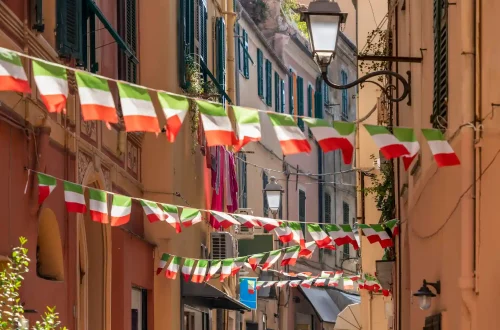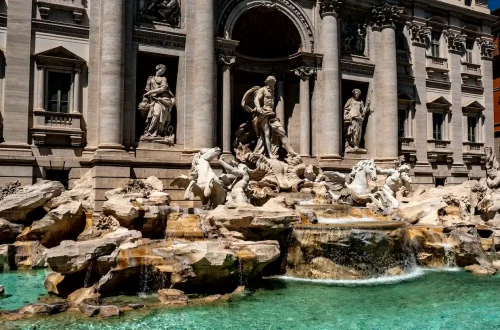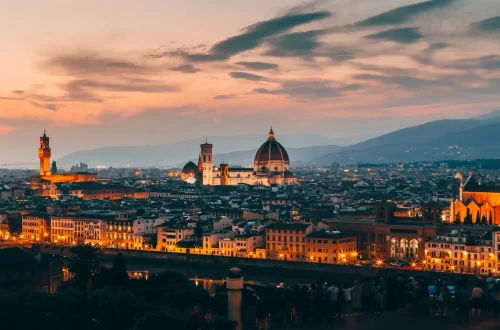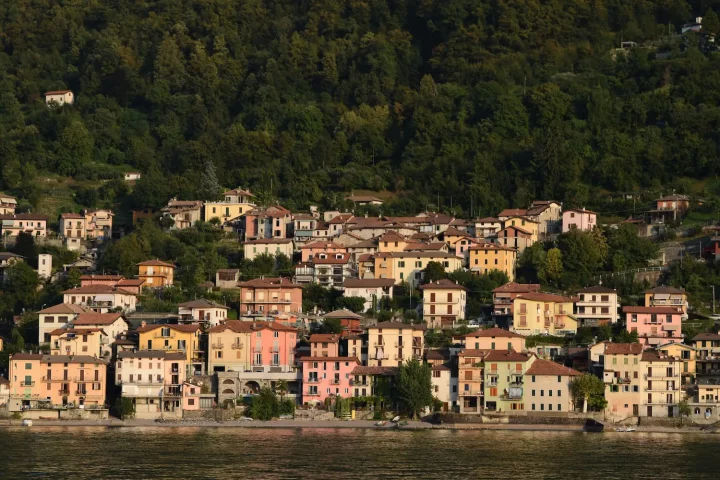Establishing legal residency in Italy is a significant step for non-Italian citizens who wish to live, work, or study in the country. Legal residency allows individuals to stay in Italy long-term and access various benefits and services, such as healthcare, education, and social security.
It is essential to understand the concept of residency and navigate the procedures involved to comply with Italian immigration laws.
Legal requirements for establishing residency
Several legal requirements must be met to establish residency in Italy. These include obtaining the necessary documentation, following specific procedures, and registering with local authorities.
The primary documents required to establish residency in Italy are a valid passport, a visa corresponding to the purpose of stay, and a permesso di soggiorno (residence permit).
The permesso di soggiorno is essential for non-EU citizens and must be obtained within eight days of entering Italy. It allows individuals to legally reside in the country for an extended period.
The process of establishing residency involves several steps. First, individuals must apply for a permesso di soggiorno at the local post office. You must fill out the application form called Kit per la richiesta di Permesso di Soggiorno.
The post office clerk will give you a receipt and a fingerprinting appointment at the local Questura (police headquarters). Once the residence permit is issued, you need to register your residence at the local Comune (municipality).
This registration, known as iscrizione anagrafica, is done at the Anagrafe (civil registry) office. It requires proof of residence, such as a rental agreement or utility bills, and proof of identity and residence permit.
Types of visas and permits
Different types of visas and residence permits are available for foreigners wishing to reside in Italy. The most common visas include study visas, work visas, and family reunification visas. Each type has specific requirements and impacts the residency process.
Study visa
A study visa is issued to individuals enrolled in an Italian educational institution. To obtain this visa, students must provide proof of admission, financial means to support their stay, and health insurance.
The student visa allows individuals to stay in Italy for the duration of their studies and can be converted into a work visa if they secure employment after graduation.
Work visa
A work visa is necessary for those who have a job offer from an Italian employer. The employer must apply for a nulla osta (work authorization) on behalf of the employee.
Once the nulla osta is granted, the employee can apply for a work visa through the Italian consulate in their home country. Upon arrival in Italy, the employee must obtain a permesso di soggiorno for work purposes.
Family reunification visa
This visa is for individuals who have close family members legally residing in Italy. Applicants must prove their relationship with the family member, who must demonstrate sufficient financial means and adequate housing to support the reunification.
The family member in Italy applies for a nulla osta, and once granted, the applicant can apply for a family reunification visa at the Italian consulate.
Take advantage of specialized assistance to secure your passport for a borderless future.
Benefits of Italian citizenship in establishing residency
Italian citizenship provides numerous benefits that extend beyond the advantages of residency. While residents enjoy access to various services and rights, citizens have additional privileges that can significantly enhance their quality of life.
Italian citizens enjoy a range of exclusive benefits compared to residents, such as the right to vote, hold public office, and move, work, and travel freely across the European Union, increasing their mobility and employment opportunities.
Social programs, including family allowances, unemployment benefits, and pensions, provide financial security for citizens. Additionally, citizens benefit from free or low-cost healthcare and education, often enjoying reduced tuition fees. With these advantages, Italian citizenship significantly enhances one’s personal and professional life.
Simplify the residency process with io.citizen
Establishing residency in Italy involves understanding the legal requirements, obtaining the necessary documentation, and following the procedures set by local authorities. Different types of visas and residence permits cater to various purposes, such as study, work, and family reunification.
While residency offers access to numerous services and benefits, obtaining Italian citizenship provides additional privileges that can significantly enhance one’s quality of life.
Navigating the complexities of establishing residency and obtaining citizenship can be challenging, but services like io.citizen offer valuable support and guidance. Our comprehensive expertise ensures a smoother transition, allowing you to fully embrace and enjoy your new life in Italy.
Whether you’re planning to study, work, or reunite with family, understanding and meeting the requirements for residency and citizenship is a crucial step towards making Italy your permanent home.
Are you interested? Contact us today and ask for a quotation!






